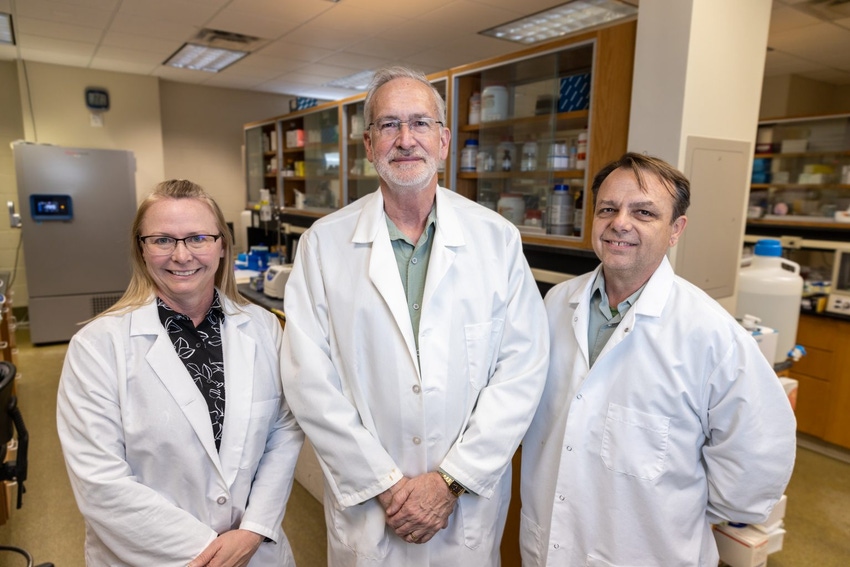MU expands world-class facilities for swine biomedical research
In the coming months, the NSRRC will double its capacity with a goal of broadening swine genetics lines.
April 12, 2023

Nestled deep in the Heartland is a world-class research center where scientists at the University of Missouri have been working for more than two decades on genetically modifying pigs to prevent diseases that threaten both swine and humans. Under the tutelage of Randall Prather, a Curator's Distinguished Professor and director of the National Swine Resource and Research Center at MU, researchers have pioneered technology using pigs that has provided the foundation for successful transplants in humans, including the first-ever partial heart transplant in a six-month-old baby by a team of Maryland-based surgeons in 2022.
Genetically modified pigs are now used to study a range of human ailments, including cystic fibrosis, retinitis pigmentosa and cancer. Many other technologies have been developed as well, such as those to create a heart and kidney that resist hyperacute rejection when transplanted.
Prather and his team's longtime work has made the NSRRC the go-to source for genetically modified pigs used nationwide to push forward discoveries. In the coming months, the NSRRC will double its capacity with a goal of broadening swine genetics lines.
Investments in innovation
The NSRRC, which serves as a core National Institute of Health center for researchers across numerous fields, is expanding with the support of an NIH-funded $8 million grant with just over $30,000 in university funding.
"The expansion of the NSRRC will enhance our ability to meet the needs of the NIH community by providing space to house critically needed models of human disease," Prather said.
Additionally, South Farm Swine Research and Education Facility Addition, a recently completed building, will add another 12,000 square feet to the existing facility to accommodate housing for the animal models used by faculty who are studying genetic engineering in large animals. The project is funded by a $5 million grant from the NIH Health Resources and Services Administration with an intended completion date of 2025.
A legacy of success
Prather underscored the need for more research space on MU's campus to be able to continue cutting-edge research. Because pigs are physiologically similar to humans, research centers like these at MU are fertile ground for scientific discovery that doctors can use to address real human ailments like cancer and cystic fibrosis.
One of the most notable legacies of the Prather Lab is the partial heart transplant done by Duke Health surgeons in early 2022. Essentially, doctors tested whether heart values could be transplanted into pigs with the surrounding tissue, allowing the valves to grow. Success in tests on swine models later enabled doctors to do a partial heart transplant in a six-month-old baby born with a congenital heart defect, saving the child from countless high-risk surgeries that would've been inevitable without such technology.
The Prather Lab's research has spanned decades and seen many advances both biomedically and through improvements in patients' well-being.
One of scientists' first breakthroughs in the early 2000s was creating what they termed "knockout pigs" – described for the portion of DNA that was deleted in their genetic codes. Using gene editing technology, Prather deleted a molecule on the surface of these pigs' cells (specifically white blood cells in the alveoli of the lungs) to ensure the animals weren't infected by diseases such as porcine reproductive and respiratory syndrome virus, a prolific disease that costs the pork industry millions of dollars every day.
This innovation primed medical researchers for successful xenotransplantation going forward (the process of moving an organ from one species to another).
Looking to the future
Although there is still a long way to go before pig-to-human transplants might become mainstream, Prather and his team are confident in the foundation they've built.
"The investment in these facilities will enable the medical community to have expanded access to animals to develop and test urgently needed treatments and therapies," Prather said.
You May Also Like



